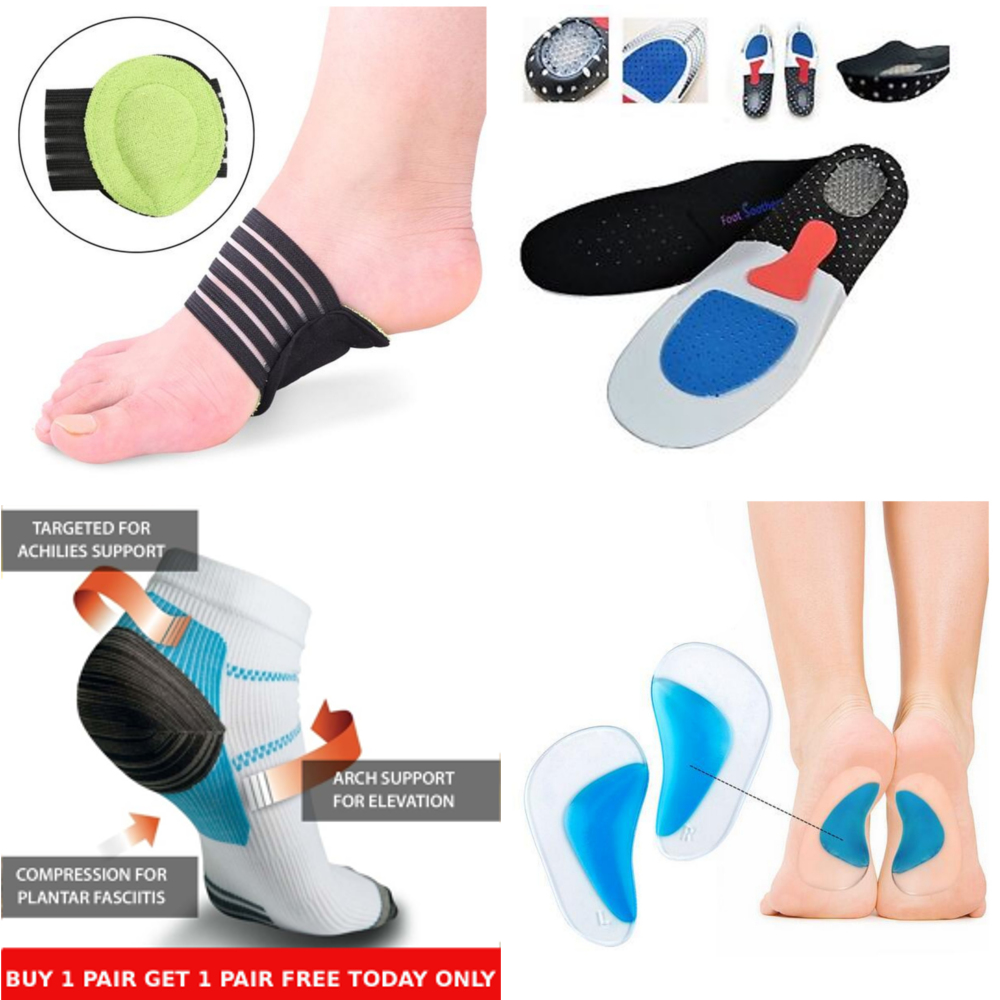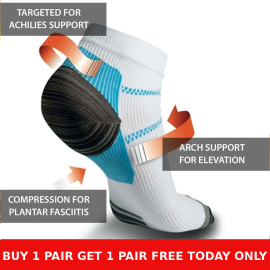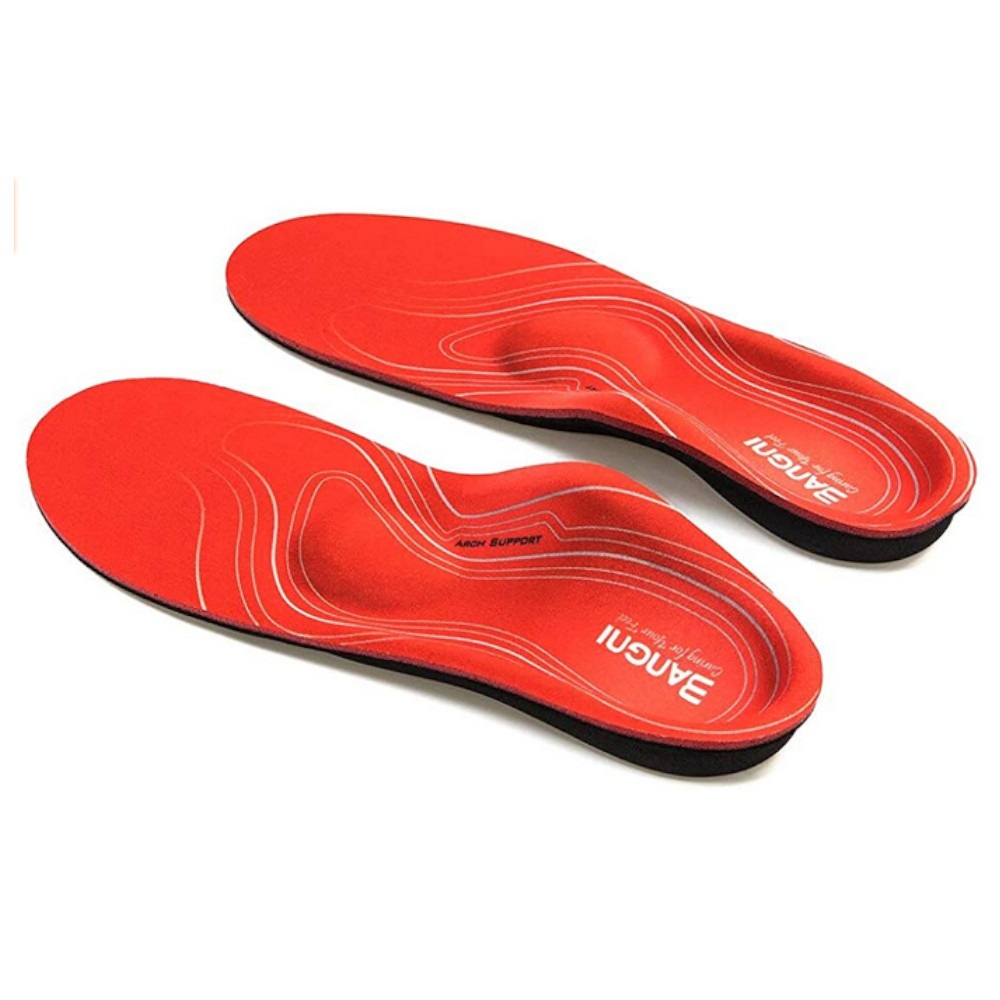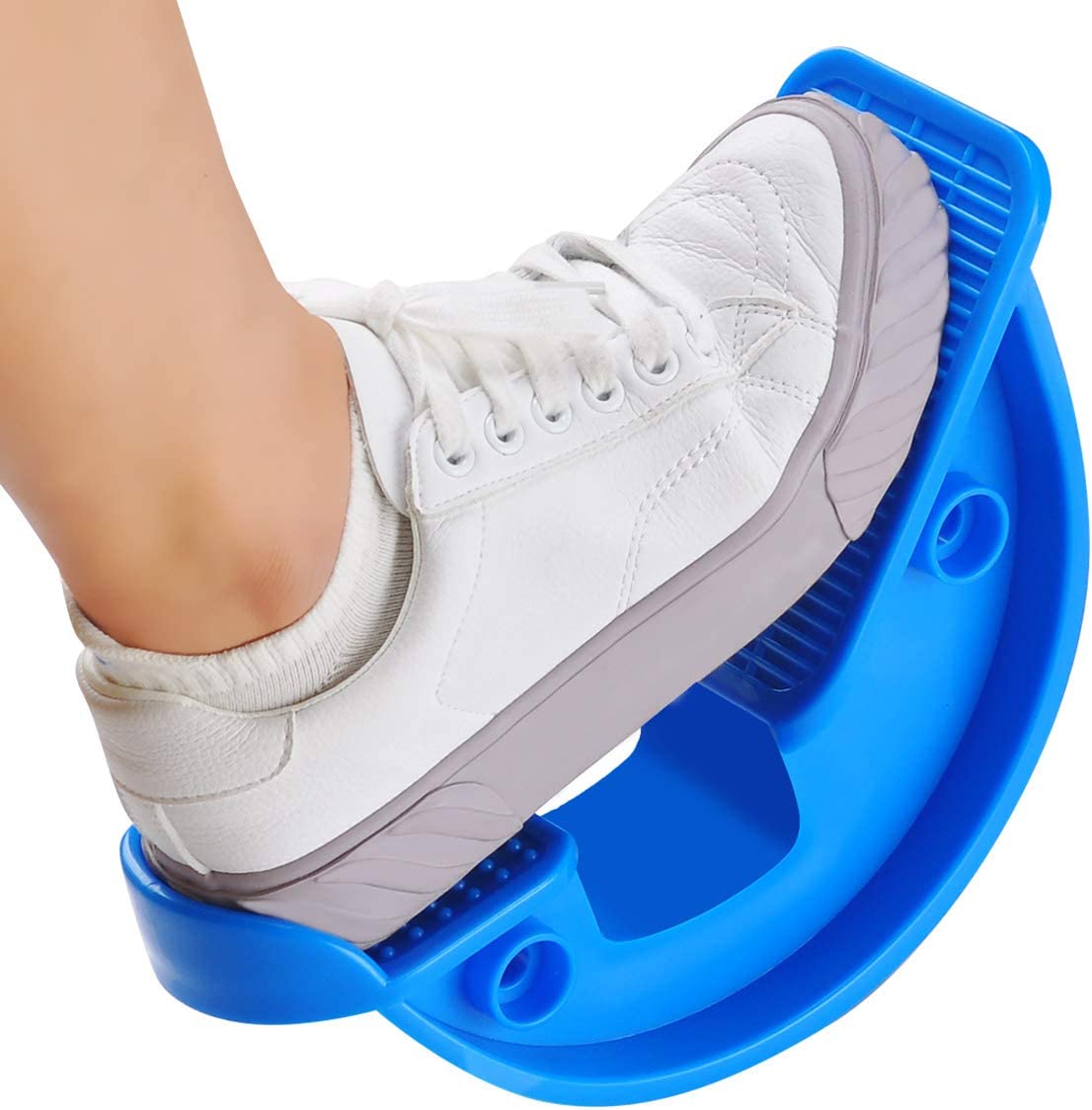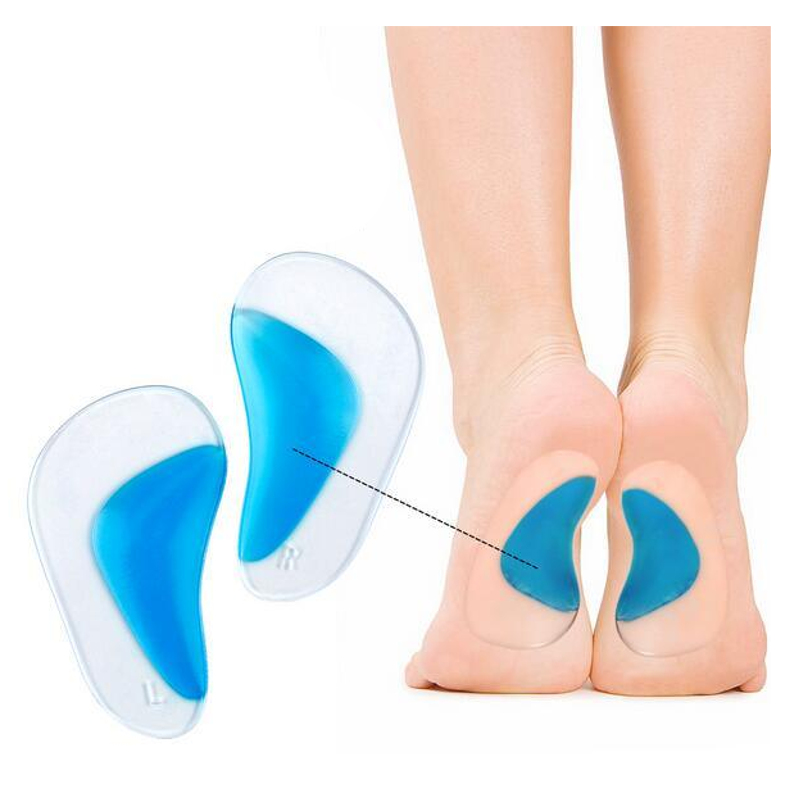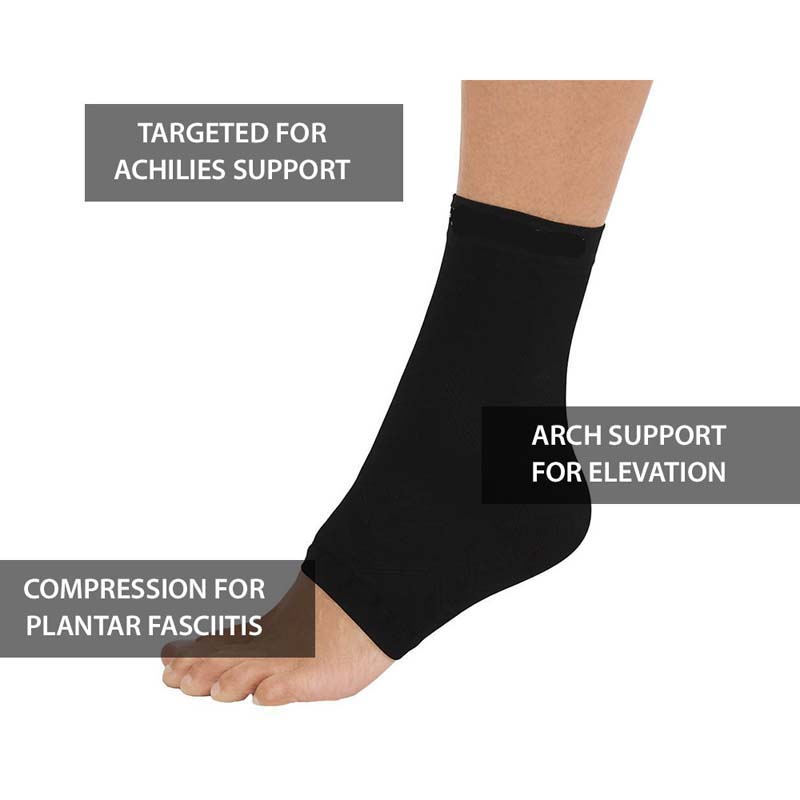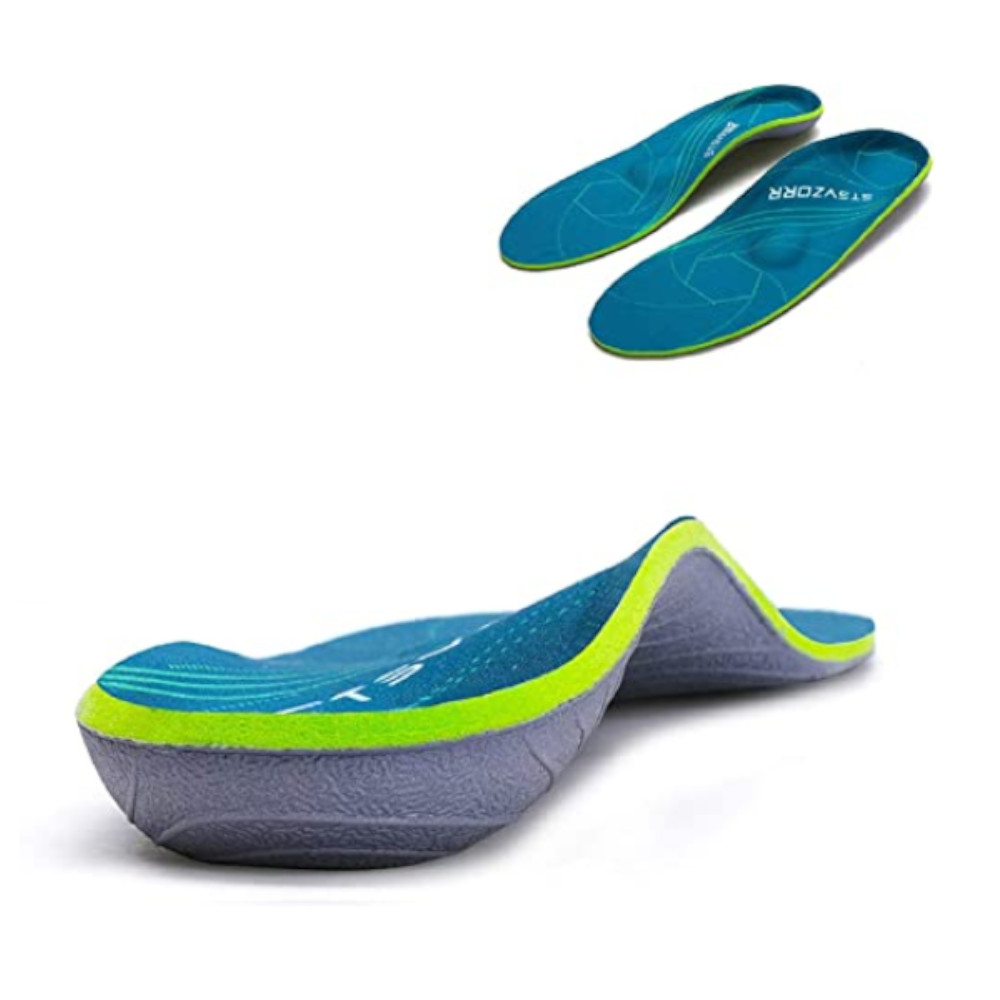Cryotherapy for Plantar Fasciitis: Icy Relief for Your Feet

Featured Products for Plantar Fasciitis Foot Pain Relief
Plantar fasciitis, a common cause of heel pain, can significantly impact daily activities. Cryotherapy, or the application of cold therapy, emerges as a promising approach to provide relief for the symptoms associated with this condition. In this blog post, well explore the benefits of cryotherapy for plantar fasciitis, how it works, and practical ways to incorporate cold therapy into your plantar fasciitis management plan.
Understanding Cryotherapy:
-
Cold Therapy Mechanism:
- Cryotherapy involves the application of cold temperatures to the affected area, leading to vasoconstriction of blood vessels and reduced inflammation. This helps alleviate pain and promotes the healing process.
-
Reducing Inflammation:
- Inflammation is a key component of plantar fasciitis. Cold therapy helps minimize swelling and inflammation in the plantar fascia, providing relief from pain and discomfort.
-
Numbing Effect:
- The cold temperature temporarily numbs nerve endings in the affected area, reducing the perception of pain. This can be particularly beneficial for individuals experiencing acute or severe plantar fasciitis pain.
Benefits of Cryotherapy for Plantar Fasciitis:
-
Pain Relief:
- Cold therapy can offer immediate pain relief by numbing the affected area. This can be especially valuable during flare-ups or after engaging in activities that exacerbate plantar fasciitis symptoms.
-
Reduced Inflammation:
- Cold therapy helps decrease inflammation in the plantar fascia, addressing one of the primary contributors to heel pain. This reduction in inflammation contributes to improved comfort and mobility.
-
Improved Blood Circulation:
- While cold therapy initially causes vasoconstriction, subsequent rewarming leads to vasodilation, promoting increased blood flow. This enhanced circulation supports the delivery of oxygen and nutrients to the affected tissues, aiding in the healing process.
-
Muscle Relaxation:
- Cold therapy can help relax muscles and reduce muscle spasms, which may be contributing to tension and discomfort in the foot.
Practical Ways to Apply Cryotherapy:
-
Cold Packs:
- Apply a cold pack or ice pack to the affected heel for 15-20 minutes. Be sure to wrap the pack in a thin cloth to prevent direct contact with the skin and avoid frostbite.
-
Ice Massage:
- Freeze a water bottle and roll it under your foot for a targeted ice massage. This can help reduce inflammation and provide relief to the plantar fascia.
-
Cold Water Soak:
- Fill a basin with cold water and immerse your foot for 10-15 minutes. This can be especially effective after activities that trigger plantar fasciitis symptoms.
-
Cold Compression Sleeves:
- Use cold compression sleeves designed for the foot and ankle. These sleeves combine compression with cold therapy, providing targeted relief.
-
Cryotherapy Slippers:
- Specialized cryotherapy slippers are available, designed to provide consistent cold therapy to the entire foot. These can be convenient for longer periods of cryotherapy.
-
Contrast Baths:
- Alternate between cold water and warm water baths for the feet. Begin with cold water for 1-2 minutes, followed by warm water for 3-4 minutes. Repeat for a total of 15-20 minutes.
Best Practices for Cryotherapy:
-
Moderation is Key:
- Avoid prolonged exposure to cold to prevent frostbite or skin damage. Aim for short, controlled sessions of cryotherapy.
-
Consistency:
- Incorporate cryotherapy regularly as part of your plantar fasciitis management plan. Consistent application may yield better results over time.
-
Combine with Other Treatments:
- Cryotherapy can be effectively combined with other plantar fasciitis treatments, such as stretching exercises, orthotic inserts, and proper footwear.
-
Consult with a Healthcare Professional:
- Before starting any cryotherapy regimen, consult with your healthcare provider to ensure its suitable for your specific condition. They can provide guidance on the frequency and duration of cold therapy sessions.
Conclusion:
Cryotherapy offers a refreshing and effective way to manage the symptoms of plantar fasciitis, providing relief from pain and contributing to the overall healing process. By incorporating cold therapy into your routine and combining it with other recommended treatments, you can take proactive steps towards better foot health
Featured Products for Plantar Fasciitis Foot Pain Relief
Latest Blogs
- Taking a Stand Against Heel Pain: Practical Solutions
- Happy Heels, Happy Life: Banishing Foot Pain for Good
- The Road to Relief: Strategies for Combating Heel Pain
- Heel to Toe Wellness: Tackling Foot Pain Head-On
- Foot Pain Decoded: Understanding the Signals Your Feet Send
- Soothing Steps: Natural Remedies for Heel and Foot Pain
- Putting Your Best Foot Forward: Managing Heel Discomfort
- The ABCs of Happy Feet: Beating Heel and Foot Pain
- From Heel to Toe: Navigating Common Foot Pain Issues
- Taking a Step Back: Causes and Remedies for Heel Pain
- Footloose and Pain-Free: Tips for Happy Heels and Feet
- Soleful Solutions: A Guide to Alleviating Heel and Foot Discomfort
- Stepping Into Comfort: Understanding Heel and Foot Pain
- From Pain to Progress: Inspiring Plantar Fasciitis Journeys
- Living a Full Life with Plantar Fasciitis: Success Stories
- Plantar Fasciitis and Exercise: Finding the Right Balance
- The Impact of Stress on Plantar Fasciitis Symptoms
- Plantar Fasciitis: When to Seek Professional Help
- Inflammatory Foods and Plantar Fasciitis: What to Avoid
- Ergonomics and Plantar Fasciitis: A Comprehensive Guide
- The Importance of Rest in Plantar Fasciitis Recovery
- Traveling with Plantar Fasciitis: Tips for Happy Feet
- Plantar Fasciitis and Your Sleep: Improving Rest Quality
- The Psychological Aspect of Living with Plantar Fasciitis
- Plantar Fasciitis and High-Impact Activities: Navigating Risks
- How to Stay Active with Plantar Fasciitis: Practical Tips
- Plantar Fasciitis and Aging: Strategies for Seniors
- Cryotherapy for Plantar Fasciitis: Icy Relief for Your Feet
- Aquatic Exercise for Plantar Fasciitis: Dive into Healing
- Mindfulness and Meditation for Plantar Fasciitis Relief
- Heel Pain 101: A Guide to Plantar Fasciitis
- Finding Relief - Plantar Fasciitis Home Remedies
- The Emotional Toll of Chronic Plantar Fasciitis
- Post-Workout Foot Care for Plantar Fasciitis Sufferers
- DIY Foot Massage Techniques for Plantar Fasciitis
- From Diagnosis to Recoveryc- Navigating Plantar Fasciitis
- Plantar Fasciitis in Children Signs and Solutions
- Plantar Fasciitis and Weight: Impact on Foot Health
- How Nutrition Affects Plantar Fasciitis Recovery
- Yoga for Plantar Fasciitis: Poses for Pain Relief
- Breaking Down Plantar Fasciitis Myths and Misconceptions
- Plantar Fasciitis Stretches - Daily Routine for Relief
- The Link Between Plantar Fasciitis and Flat Feet
- Plantar Fasciitis in Pregnancy - What to Expect
- Desk Job Dilemma - Coping with Plantar Fasciitis at Work
- Plantar Fasciitis in Athletes Strategies for Recovery
- Massage and Plantar Fasciitis A Soothing Combination
- Plantar Fasciitis at Night: Tips for Better Sleep
- Plantar Fasciitis vs Heel Spurs - Understanding the Difference
- The Role of Stretching in Plantar Fasciitis Recovery
- Running with Plantar Fasciitis: Dos and Donts
- Preventing Plantar Fasciitis: Tips for Foot Health
- Natural Remedies for Plantar Fasciitis You Havent Tried
- Heel Pain Demystified: Plantar Fasciitis Explained
- Best Shoes for Plantar Fasciitis: A Comprehensive Guide
- Managing Plantar Fasciitis Pain: Tips and Tricks
- The Complete Guide to Plantar Fasciitis Treatment Options
- 10 Effective Exercises for Plantar Fasciitis Relief at Home
- Understanding Plantar Fasciitis: Causes and Symptoms
- Why do I get Pain in My Feet at Night
- Is pain in your feet a sign of diabetes
- What causes pain in my feet
- Plantar Fasciitis - Why so Painful
- What is that pain in my heel
- Should I Walk with Foot Pain
- How to Treat Ankle Pain
- 10 Best Exercises of Plantar Fasciitis
- Do Compression Socks Help Foot Pain
- Do Insoles Work for Foot Pain
- Best Stretches for Plantar Fasciitis
- 5 Causes of Plantar Fasciitis
- Do Back Posture Braces Actually Work
- Foot pain from walking
- Best Insoles for Plantar Fasciitis
- Pain in heel of foot after Running
- Treatment for Pain in arch of foot
- Pain on top of foot
- Mortons neuroma treatment
- How to remove an Ingrown Toenail
- Foot Heel Spur Pain
- Sore Foot in the Morning
- Suffer Heel Pain in the Morning ?
- Start a running routine
- Running through Fatigue
- Best Achilles Tendonitis and Ankle Excercises
- Causes of Achilles Tendonitis and Ankle Pain
- Plantar Fasciitis Cure and Treatment
- Best Plantar Fasciitis Products
- Causes of Plantar Fasciitis and Heel Spur Pain
- Best Plantar Fasciitis Excercises

